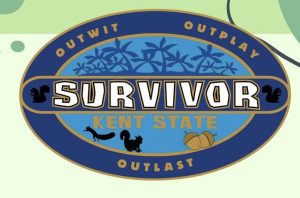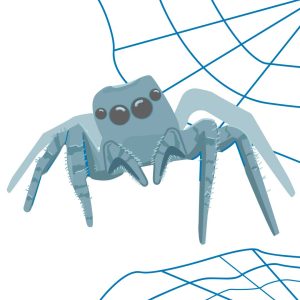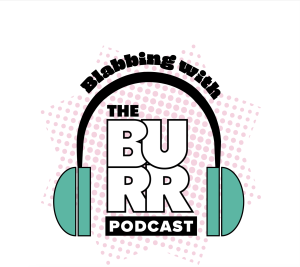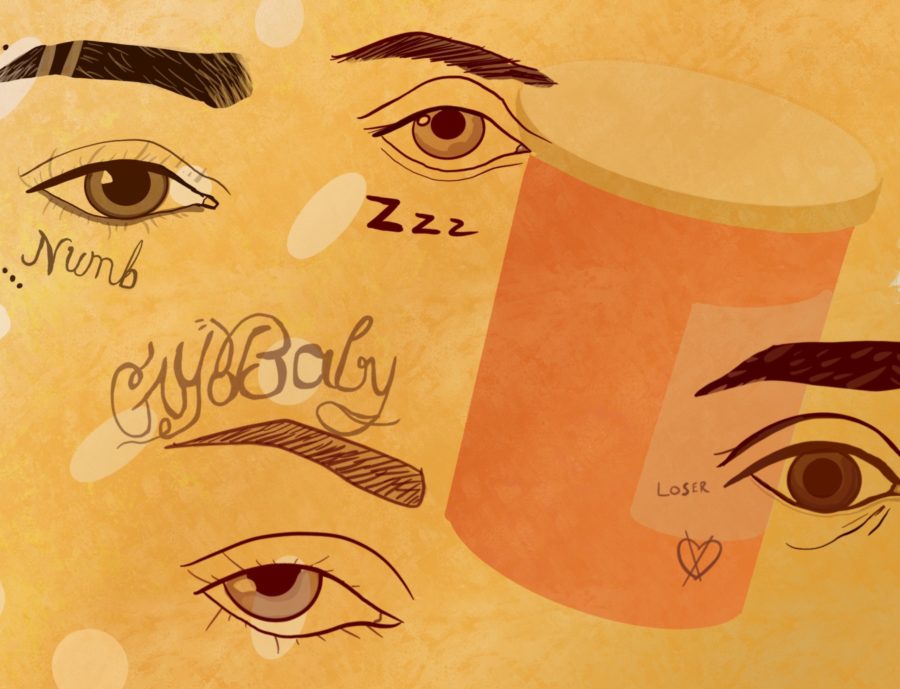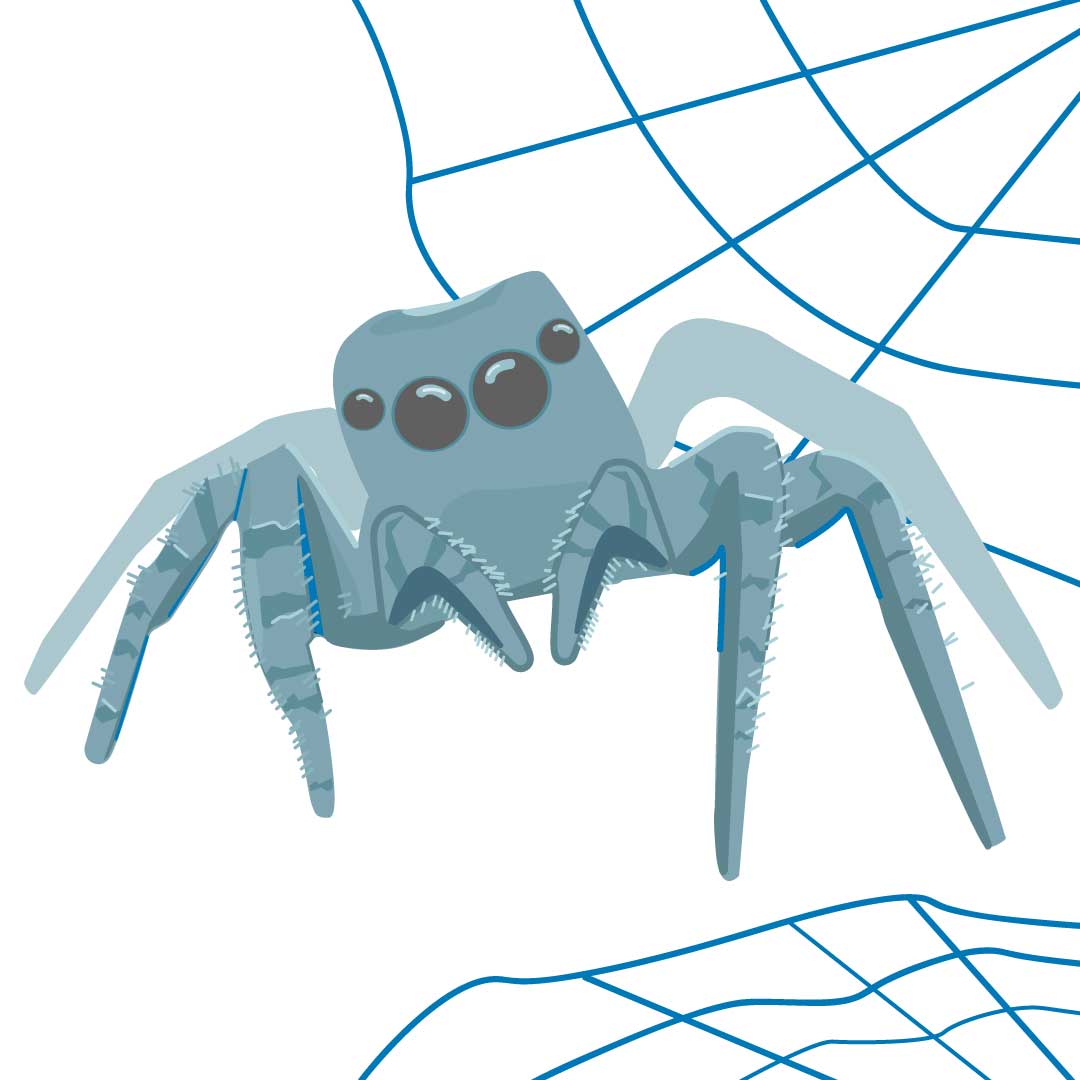“Help me find a way to pass the time everybody’s telling me life’s short, but I wanna die.”
-Lil Peep, “The Brightside”
Illustration by Alyssa Maziarz
When I became an honors student at Kent State in 2016, I knew I wanted to complete an honors thesis during my time in college. I wasn’t as certain of my topic — and I had until my junior year to get serious about my decision, which helped. But I figured that, since I was an English major interested in writing and editing, it was likely to be a creative project of some sort.
Then my college experience intervened. In November of 2017, I noticed a lot of articles about Lil Peep, a rapper who had died of an accidental drug overdose. At that time, I had heard of Lil Peep and understood that he had a cult following among fans of SoundCloud rappers, but I hadn’t listened to his music, which as I understood it frequently centered around themes of mental illness, drug abuse and suicidal thoughts. When I did listen, out of morbid curiosity, I couldn’t help but think that Lil Peep displayed his anguish and his problems so openly; in many songs, like the one quoted above (that also appears at the beginning of my thesis), he explicitly expresses a desire to die. He had family, close friends, collaborators and millions of fans — so why did nobody help him?
When people ask about my thesis, I most frequently reply that I wrote about emo rap and mental health in America, particularly among adolescents. Expanding on that brief description, my thesis explores themes such as mental illness, drug abuse, branding and legacy and violence and death as they relate to emo rap and their connection to broader American culture, using six popular emo rap artists as primary examples: Lil Peep, XXXTentacion, Juice WRLD, Lil Xan, nothing,nowhere. and Lil Uzi Vert. As I mentioned before, Lil Peep died in late 2017, and XXXTentacion died in June 2018, while I was in the process of writing this thesis. Juice WRLD died on December 8, 2019, after I had defended my thesis that fall. As such, my thesis is written from the perspective of Juice WRLD still being alive, though I may take the opportunity of these blog posts to expand on how his death has also affected the genre. This first blog post will incorporate content from the first chapter of my thesis, the introduction, and the second chapter, a case study of Lil Peep. At the end of each of my four posts, I will include a brief list of suggested sources to read and songs to listen to, in case you’re interested in delving a little deeper into the material. With that said, let’s get into it!
While it is extremely unlikely that one could identify a definitive beginning of “emo rap,” one of the first songs credited with merging the themes of emo with those of traditional rap is Lil Wayne’s 2007 track “I Feel Like Dying.” When Lil Wayne, during the period that many considered to be the peak of his career, declared in “I Feel Like Dying” that he was addicted to prescription drugs, “the dealer became the user, and rap became that much more accessible,” according to Kyle Kramer and Briana Younger in an article for Noisey.
After Lil Wayne cracked the emo rap door open just a little bit, Yung Lean emerged as one of the first artists to display what would become hallmarks of emo rap in his music when he released his breakout mixtape, “Unknown Death 2002,” in 2013 at the age of 16. Such hallmarks include the interweaving of social media and the concept of identity into the music one creates, which is especially important to modern emo rap artists: their brand, composed of not just their music but their social media presence and overall image. The combination of these arenas and access to all this information about the artists makes them relatable, and relatability is a huge part of the attraction of emo rap: rather than simply preaching to young people from a removed place, many of the stars of emo rap are still barely older than adolescents themselves.
Which brings us to Lil Peep, one of the most popular emo rap stars whose revered status has only grown since his death. Lil Peep understood that being a rapper, like any career in which one’s success depends on the amount of attention one can cultivate, demands a certain amount of exaggeration. In an interview with Stephen J. Horowitz of Pitchfork in early 2017, Lil Peep likened being a rapper to being a professional wrestler, because “everyone has to be a character.” However, Lil Peep emphasized that the sadness and suicidal thoughts he so often expressed in his music were not part of an act, and he often referred to his struggles with mental health and addiction outside of his music as well. When Lil Peep’s music began to gain traction, it was likely because of his frequent inclusion of depression, anxiety and suicidal thoughts, rather than despite these themes. Mental illness and suicidal ideation are most common among adolescents and young adults compared to any other age group; in addition to finding solace in their impression from the music that the artists understand them, listeners also find a community in each other.
On November 15, 2017, Lil Peep, whose real name was Gustav Åhr, died of an overdose of Xanax and Fentanyl on his tour bus in Tucson, Arizona, where he was scheduled to perform a show later that night.
The rapper had turned 21 two weeks prior. One of the most pressing questions that arose following this event was the responsibility that fans and observers bear for consuming Lil Peep’s music and other content he created seemingly without acknowledging that the behaviors the artist discussed were often explicitly harmful. While Lil Peep may have openly posted his anguish on his Instagram or Twitter, we as consumers are inured to see social media platforms such as performative or otherwise not real, and “its inherently aspirational vibe along with the sheer visual noise of its scrolling feed drowns out individual torment,” as Ben Beaumont-Thomas wrote in an article about Lil Peep’s death for The Guardian. Just as the music itself has value, the brand and associated image has value, and certainly some fans enjoy interacting with the aesthetic without claiming the pain that informs it.
While Lil Peep may have died when he was at a relatively early point in his musical career, that career did not come to a similarly abrupt end, due to the conscious effort of both family and fellow musicians who were closest to him. His first posthumous record, “Spotlight,” was a collaboration with DJ-producer Marshmello that was released on January 12, 2018, at the request of the late artist’s mother, Liza Womack. Several additional singles followed, leading up to the announcement and eventual release of “Come Over When You’re Sober, Pt. 2,” the artist’s first posthumous album and second full album release, on November 9, 2018. Lil Peep is not the first artist to have died before reaching what the public believes is his peak artistic potential, but he and other artists who have died young in the modern era had access to technology and distribution methods that made quick and prolific creation of music possible, meaning that he had a considerable amount of music created at the time of his death.
That Lil Peep had been actively working on music up until he died made it reasonably clear to those close to him that he intended for this music to be released, but posthumous distribution following an untimely death brings several practical and moral considerations. The tracks on “Pt. 2” retain the artist’s signature style and familiar verses about struggling and wanting to die; when the artist was alive, the frequent references to his impending death were a manner of establishing his credibility and claiming the emotions he struggled with, but they take on a different tone when one listens to them after he died from an overdose of the substances he often referred to in his songs. Lil Peep’s nonchalance about the prospect of dying cemented his credibility but also contributes to the difficulty of approaching his music in the current moment, a difficulty compounded by the release of the 2019 documentary “Everybody’s Everything” and additional musical projects. As future blog posts will explore, Lil Peep is not the only artist whose career and personal life have become considerably more complicated since his unexpected death.
That concludes this first blog post — thanks for reading! For the suggested tracks below, I recommend listening to them in order: the seminal Lil Wayne song will give you some background. “The Brightside” and “Crybaby” will give you a sense of Lil Peep’s musicality, and the concluding “Life is Beautiful,” which appeared on “Come Over When You’re Sober, Pt. 2,” will allow you some sense of the experience of listening to Lil Peep’s posthumous releases.
Suggested listening:
“I Feel Like Dying,” Lil Wayne
“The Brightside,” Lil Peep
“Crybaby,” Lil Peep
“Life Is Beautiful,” Lil Peep
Suggested reading:
Steven J. Horowitz, “Tears of a Dirtbag: Rapper Lil Peep is the Future of Emo.”
Micah Peters, “Lil Peep’s Death Raises Difficult Questions.”
Nina is the copy desk chief for The Burr. She can be contacted via email at [email protected] or on Instagram @ninaepwrites.

